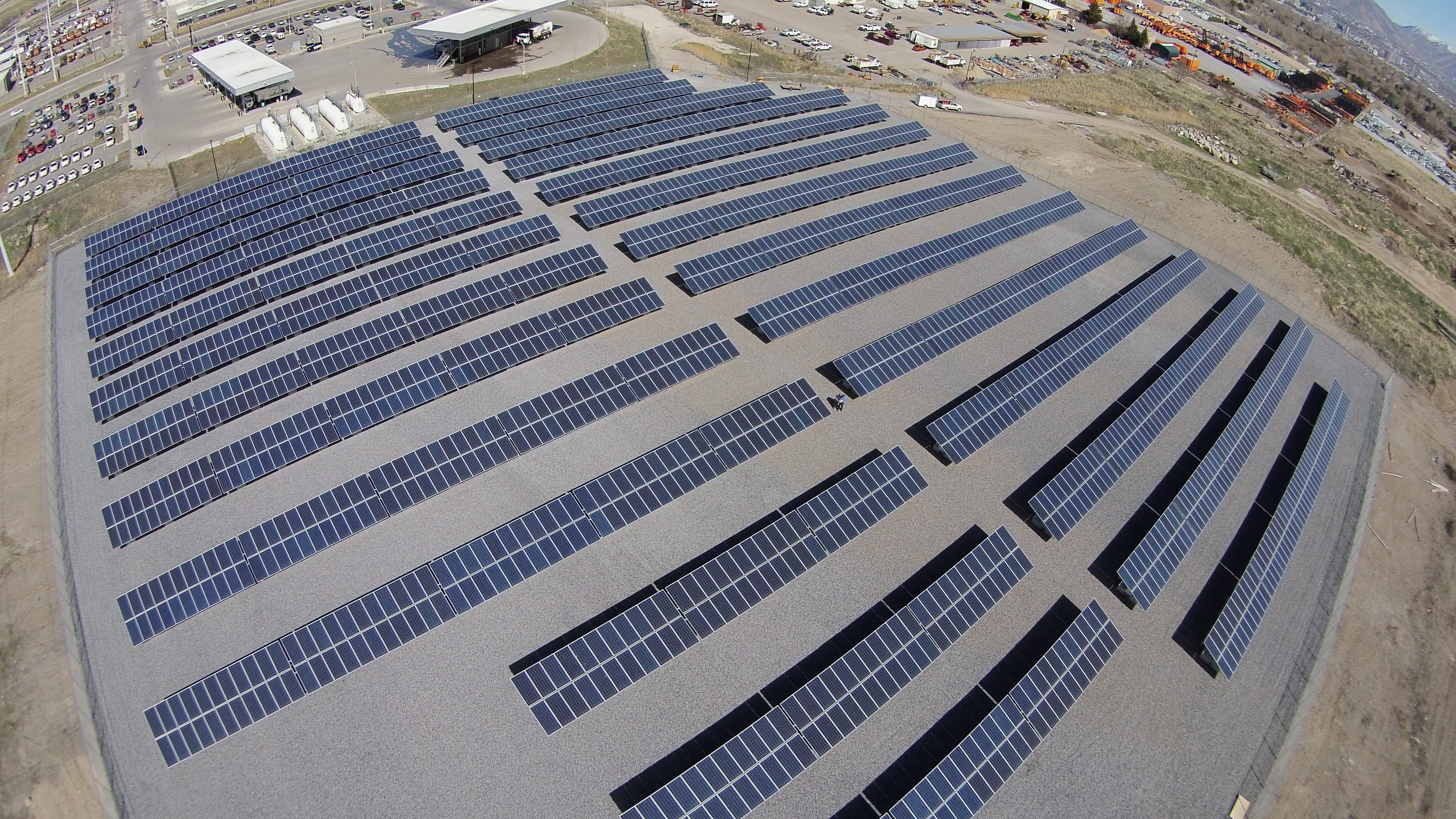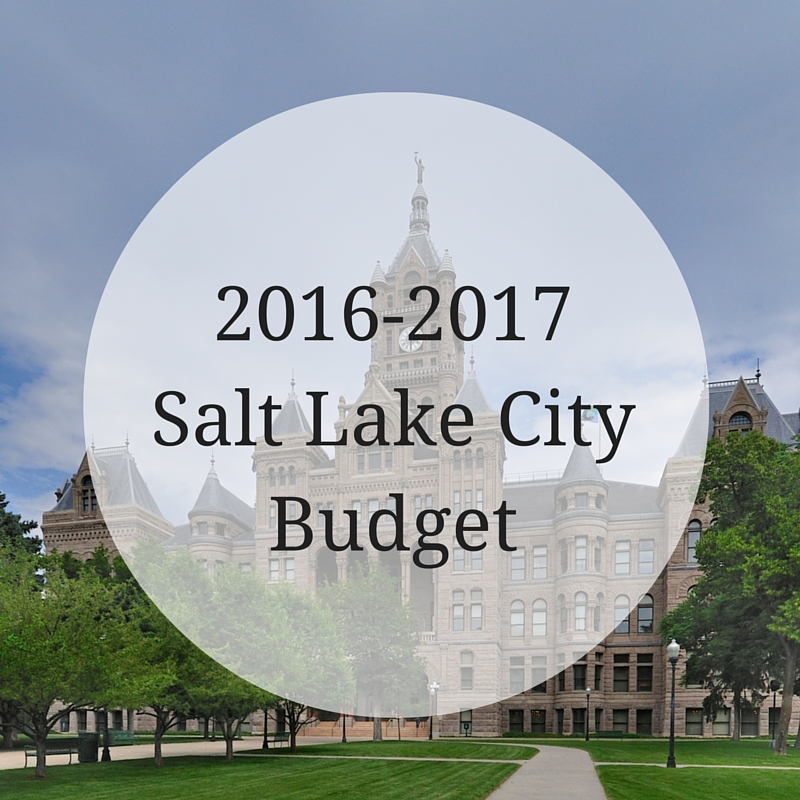 Salt Lake City is launching a new initiative, dubbed the “Urban Greens Market,” to bring healthy, affordable food to the Glendale and Poplar Grove neighborhoods.
Salt Lake City is launching a new initiative, dubbed the “Urban Greens Market,” to bring healthy, affordable food to the Glendale and Poplar Grove neighborhoods.
After winning a U.S. Department of Agriculture (USDA) grant in October 2015, SLCgreen partnered with local non-profits Green Urban Lunch Box, Real Food Rising, a program of Utah Community Action and Utahns Against Hunger to implement this creative approach to providing farmers-market-fresh food to the Glendale and Poplar Grove communities.
These areas, in particular, need better access to healthy food. In fact, the USDA classified the Glendale/Poplar Grove neighborhoods as “food deserts” because of low supermarket access and some of the lowest vehicle ownership rates in the city.
That’s where the Urban Greens Market comes in.
Over the course of the summer and fall, it will make the rounds with fresh produce for sale, grown and harvested locally by farmers working with Green Urban Lunch Box and Real Food Rising.
Beginning Friday, June 17, the City’s Urban Greens Market program officially kicks off, with the first market located at Sherwood Park (1400 W 400 South 84104).
“Ensuring that all Salt Lake City residents have access to healthy and affordable food is a major priority for my administration,” says Mayor Jackie Biskupski “This can be a real challenge for our Glendale and Poplar Grove communities that are situated in the largest food desert in Salt Lake City. The Urban Greens Market will make affordable, local produce accessible to our residents in these low access neighborhoods.”
The Urban Greens Market begins on June 17 and runs until November 14 and will be hosted by Sorenson Unity Center, Glendale-Mountain View Community Learning Center, Hartland Partnership Center, Neighborhood House, and Sherwood Park.
Thanks also to the Poplar Grove Community Council, Comunidades Unidas, and Community Health Centers for supporting our grant application to make this program happen!
For more information on the Urban Green Market’s locations and hours visit www.SLCgreen.com/urbangreens or sign up for text alerts by texting MARKET to 51555.
Please share widely!


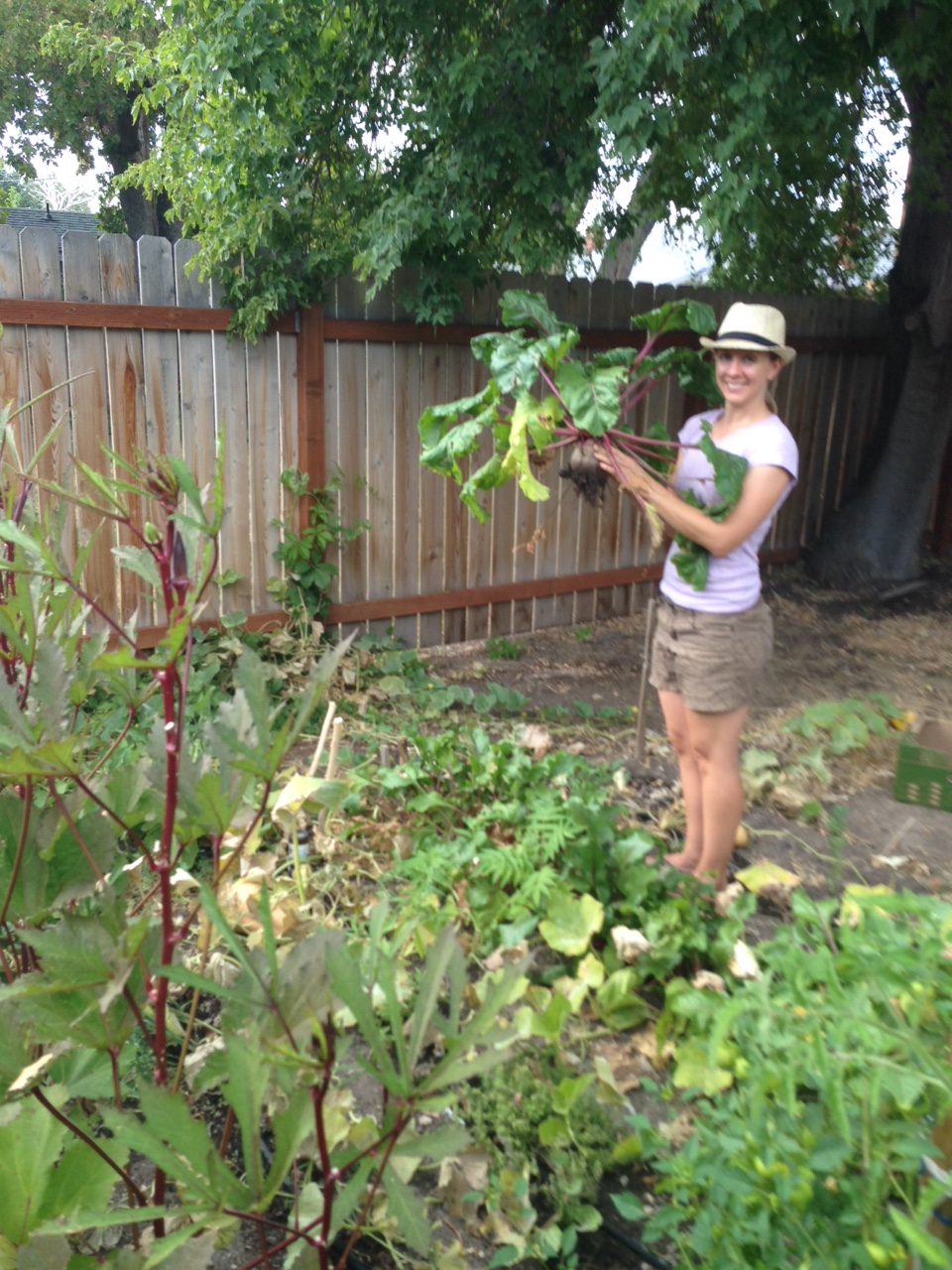

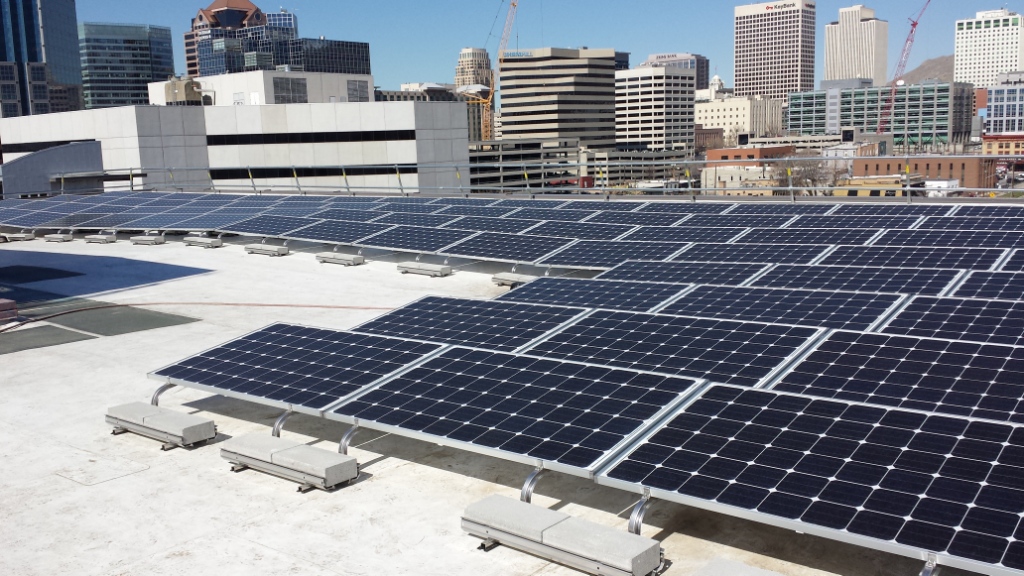

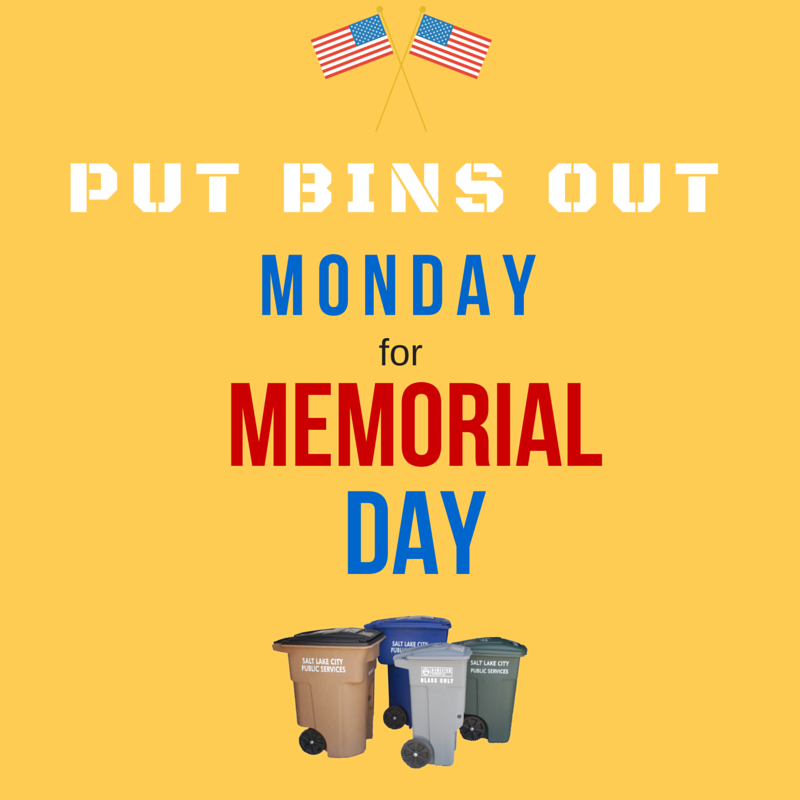
 Salt Lake City Green recently launched Empower SLC, an in-house sustainability training platform available for all City employees. The twelve-month program will cover a variety of sustainability-related topics, including energy use at home, water conservation, renewable energy, and food. Empower SLC is designed to motivate behavior change at the individual level in order to reduce pollution, save resources, and enhance Salt Lake City.
Salt Lake City Green recently launched Empower SLC, an in-house sustainability training platform available for all City employees. The twelve-month program will cover a variety of sustainability-related topics, including energy use at home, water conservation, renewable energy, and food. Empower SLC is designed to motivate behavior change at the individual level in order to reduce pollution, save resources, and enhance Salt Lake City.


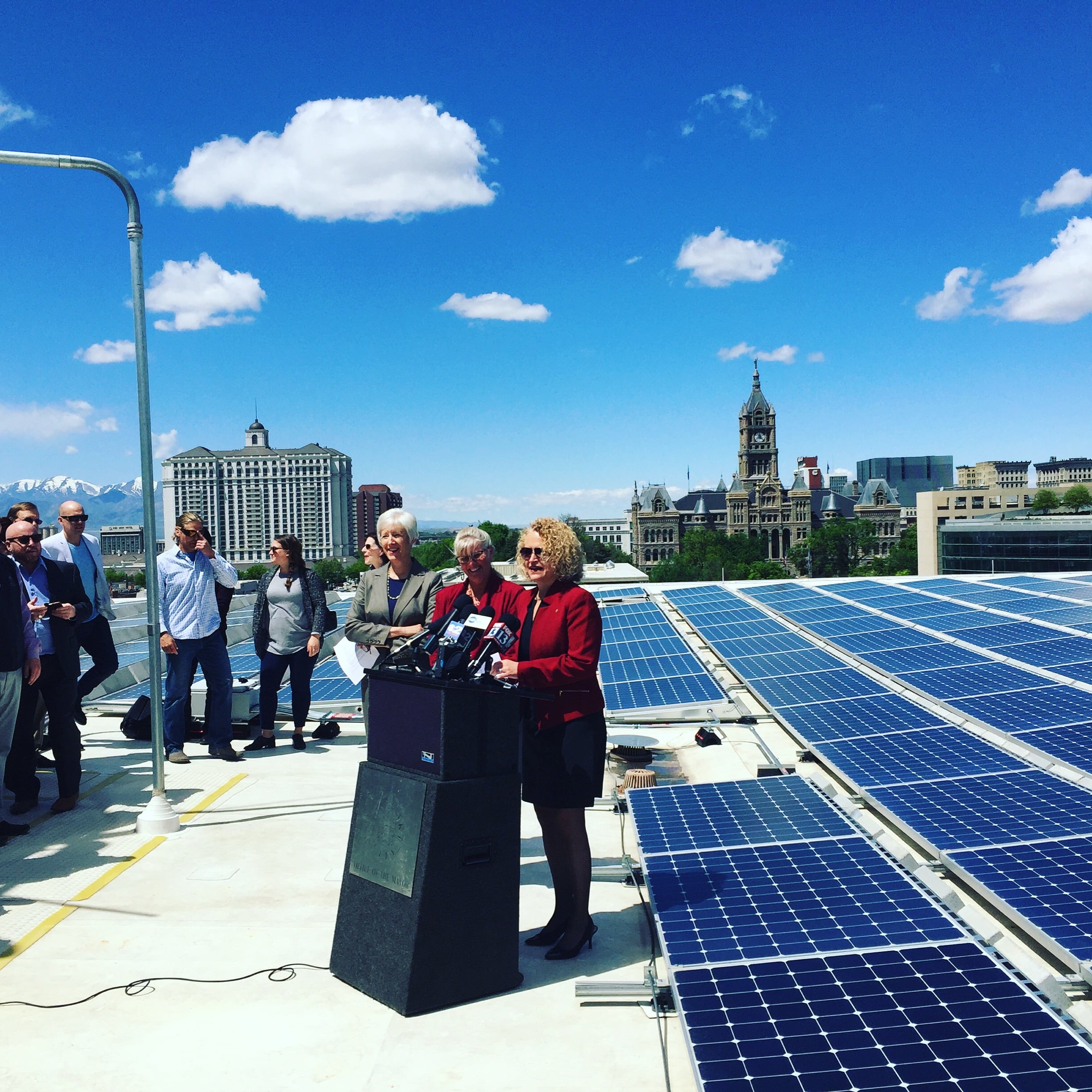 Salt Lake City will soon be powering a sizable portion of its government operations with clean, renewable energy from the sun. The City has committed to a three megawatt (MW) subscription of solar energy through a new program offered by Rocky Mountain Power entitled Subscriber Solar.
Salt Lake City will soon be powering a sizable portion of its government operations with clean, renewable energy from the sun. The City has committed to a three megawatt (MW) subscription of solar energy through a new program offered by Rocky Mountain Power entitled Subscriber Solar.